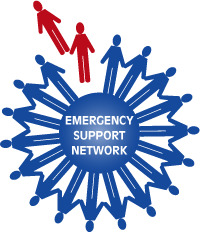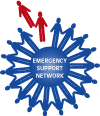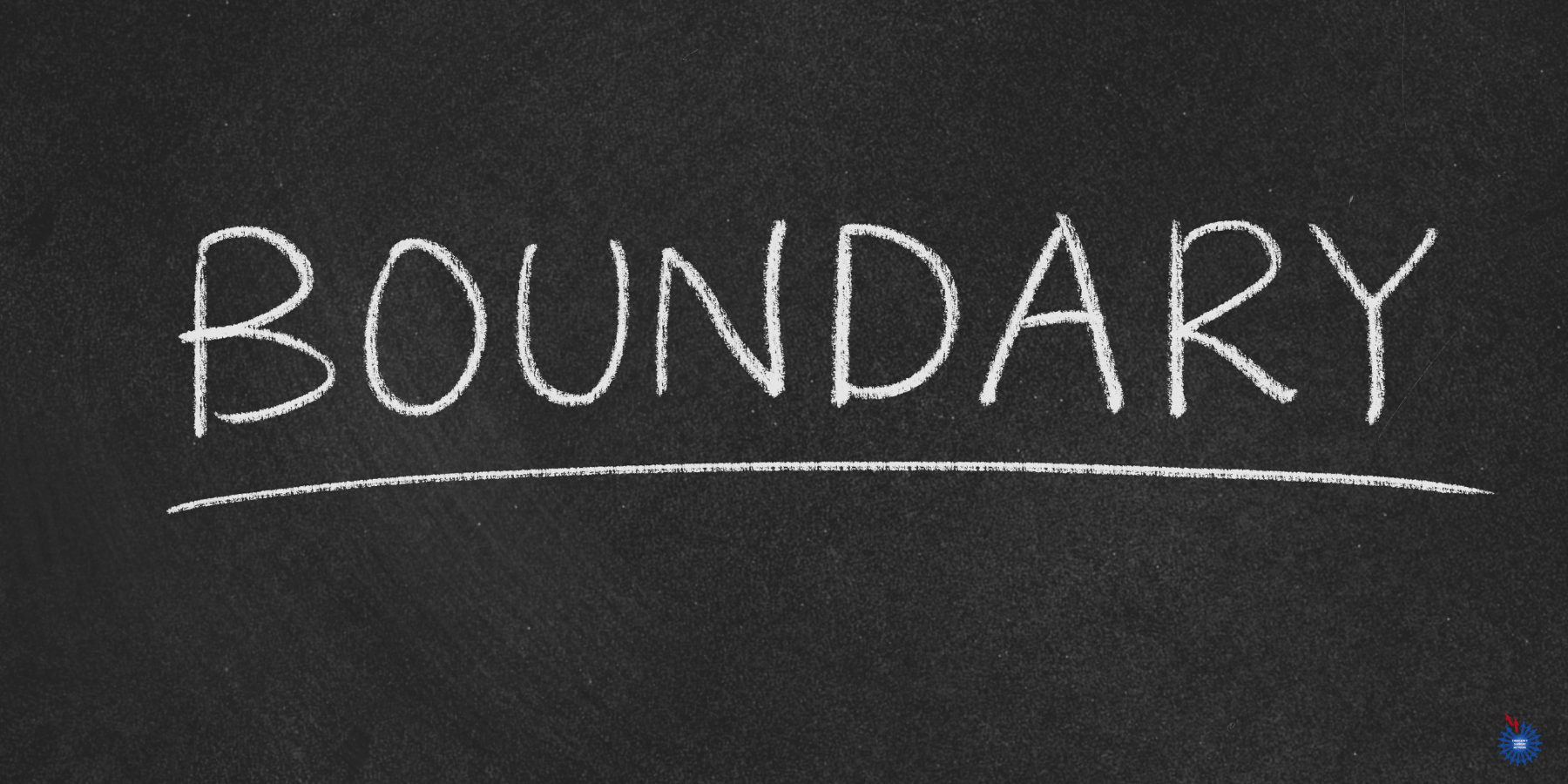Creating a Psychosocially Safe Workplace
In today’s fast-paced work environment, employees are expected to perform, adapt, and deliver—often under intense pressure. While innovation and productivity are essential, so is the human side of work.
That’s where psychosocial safety comes in.
Psychosocial safety is more than just a buzzword. It’s about building a culture where people feel safe to speak up, supported in their roles, and respected as individuals. It’s about promoting mental health, reducing stress, and encouraging resilience—creating a workplace where people thrive, not just survive.
Why Psychosocial Safety Matters
A psychosocially safe workplace fosters trust, respect, and open communication, all of which are vital for innovation, collaboration, and engagement. When employees feel psychologically safe, they’re more likely to:
- Share ideas freely
- Take initiative
- Report concerns without fear
- Engage more deeply with their work
On the flip side, environments that lack this safety often see higher levels of stress, burnout, bullying, harassment, and emotional / mental health challenges.
What are Psychosocial Hazards?
Psychosocial hazards refer to the environment or events at work that can cause psychological harm. They often stem from:
- Poor communication or leadership
- Excessive workloads and work demands
- Low levels of control
- Unclear roles or expectations
- Remote, hybrid and isolated work environments
- Poor organisational justice
- Fatigue and burnout
- Inappropriate and unreasonable behaviour
- Psychological and sexual harassment
- Abrupt organisation changes that cause job insecurity
- Lack of consultation on matters relating to the well-being of employees
Unchecked, these hazards lead to reduced satisfaction, low morale, mental health issues, and high turnover.
Proactive Psychosocial Hazard Management
Fortunately, with the right strategies in place, employers can prevent or reduce the impact of these risks. Here’s how:
Identify Existing And Potential Hazards
Start by understanding what’s affecting your workplace. Use:
- Staff surveys
- Focus groups or forums
- Analysis of absenteeism and complaints
- Risk assessments of workloads and interpersonal dynamics
Assess and Prioritise The Hazards
Not all hazards carry the same weight. Prioritise based on the severity and immediacy of the risks:
- High priority: bullying, harassment, mental health crises
- Medium priority: unclear roles, limited support
- Low priority: lack of recognition, informal reward systems
Implement Control Measures
Take decisive action:
- Build a respectful, inclusive culture
- Integrate psychosocial safety into company policies
- Promote work-life balance and flexible working arrangements
- Train leaders and staff on mental health, communication, and stress management
- Provide mental health resources like EAPs and counselling
- Redesign tasks and workloads to promote autonomy and reduce stress
Monitor And Review
Creating a safe workplace is not a one-time effort. Regularly review your strategies:
- Are staff reporting improvements?
- Have complaints or absenteeism declined?
- Are leaders upholding the culture you’ve set out to create?
Use feedback to refine your approach continuously.
What Employees Can Do to Stay Psychosocially Safe
While employers have a duty to create a safe work environment, employees also play a vital role. Here’s how you can look after your psychosocial safety:
- Set Boundaries: Define work hours, and avoid overcommitting.
- Prioritise Tasks: Break down large projects, delegate, and manage time wisely.
- Take Breaks: Use short breaks to reset and recharge.
- Practice Self-Care: Sleep well, eat right, exercise, and try mindfulness techniques.
- Foster Relationships: Cultivate connections that support and uplift you.
- Speak Up: Communicate openly with your team and managers.
- Stay Educated: Use training and internal resources to stay informed.
- Seek Help: Don’t hesitate to use counselling or EAP services when needed.
Partnering for Psychosocial Safety
Creating and maintaining a psychosocially safe workplace is a shared responsibility. At ESN, our Psychologists and Consultants specialise in helping organisations build safer, healthier workplaces—from assessment and investigation to tailored solutions that reduce risk and enhance wellbeing. Let’s make mental health and respect part of how we work—every day.
Article Reference
DEMIRS Code of Practice https://www.worksafe.wa.gov.au/codes-practice





